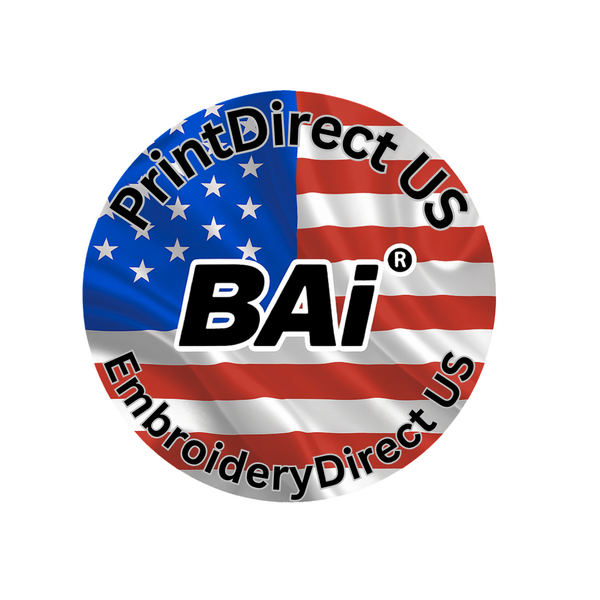
How Tariffs Are Affecting in the Garment Decorating Space
Share
In recent months, garment decorators and apparel business owners have felt a noticeable pinch, and not just from rising material costs or supply chain delays. Tariffs are making a major impact, driving up the cost of garments, blank apparel, and even the equipment used to decorate them.
Whether you're screen printing, embroidering, or using DTF/DTG methods, understanding how tariffs are reshaping the industry can help you adjust, plan, and remain profitable.
📦 What Are Tariffs, and Why Do They Matter?
A tariff is essentially a tax imposed on imported goods. When countries enforce tariffs, the cost of those imported goods goes up. For U.S. businesses, this means:
- Blank garments manufactured overseas become more expensive.
- Embroidery and printing machines from abroad face higher import duties.
- Accessories like hoops, frames, threads, and inks may also be hit with extra fees.
These increased costs get passed down through the supply chain, from manufacturers to decorators, and ultimately, to the end customer.
📈 How Garment Prices Are Changing
The impact of tariffs is especially noticeable in the blank apparel market. Many of the most popular t-shirts, hoodies, caps, and polos used in the garment decorating space are produced in countries like China, Bangladesh, Honduras, and Vietnam. When tariffs target these regions, the base cost of the garment rises.
Even a 10–25% tariff on imported apparel can mean a $0.50–$2.00 increase per garment, depending on volume and style. For decorators working on tight margins, these changes can quickly add up.
⚙️ Equipment & Supply Chain Impact
Tariffs don't just affect finished garments, they’re also hitting the tools you use to run your business. Many embroidery and DTF/DTG machines are manufactured overseas. When tariffs are applied to machines or components, importers raise prices to cover their costs.
That means:
- The embroidery machine that used to cost $7,000 might now be $7,700.
- Printheads, parts, or maintenance kits may come with unexpected markups.
- Consumables like film, powder, and inks can see price fluctuations.
🧮 What Can You Do About It?
Here are a few proactive steps to help manage tariff-related price increases:
-
Adjust Your Pricing Strategically
Make sure your retail prices reflect the true cost of goods, including increased apparel and equipment costs. Communicate value to your customers.
-
Buy in Bulk When Possible
Distributors may offer better rates on bulk purchases that help offset added costs from tariffs.
-
Diversify Your Suppliers
Consider sourcing from regions not currently impacted by tariffs. Some decorators are switching to USA-based or tariff-exempt suppliers.
-
Invest in Long-Term Equipment
While initial prices may rise due to tariffs, investing in durable, well-supported equipment can save you from costly downtime or constant repairs.
-
Stay Informed
Tariffs can change quickly due to political or economic shifts. Stay connected with industry news so you can pivot when needed.
👕 Final Thoughts
Tariffs are making waves across the garment decorating space, from the cost of blank apparel to the machines used to create custom products. While these added costs can be frustrating, they also present an opportunity to refine your pricing strategy, build stronger supplier relationships, and explore new ways to streamline your business.
At PrintDirect US, we’re committed to helping decorators succeed,even in uncertain times. If you have questions about pricing, equipment options, or ways to reduce costs, our team is here to help.
